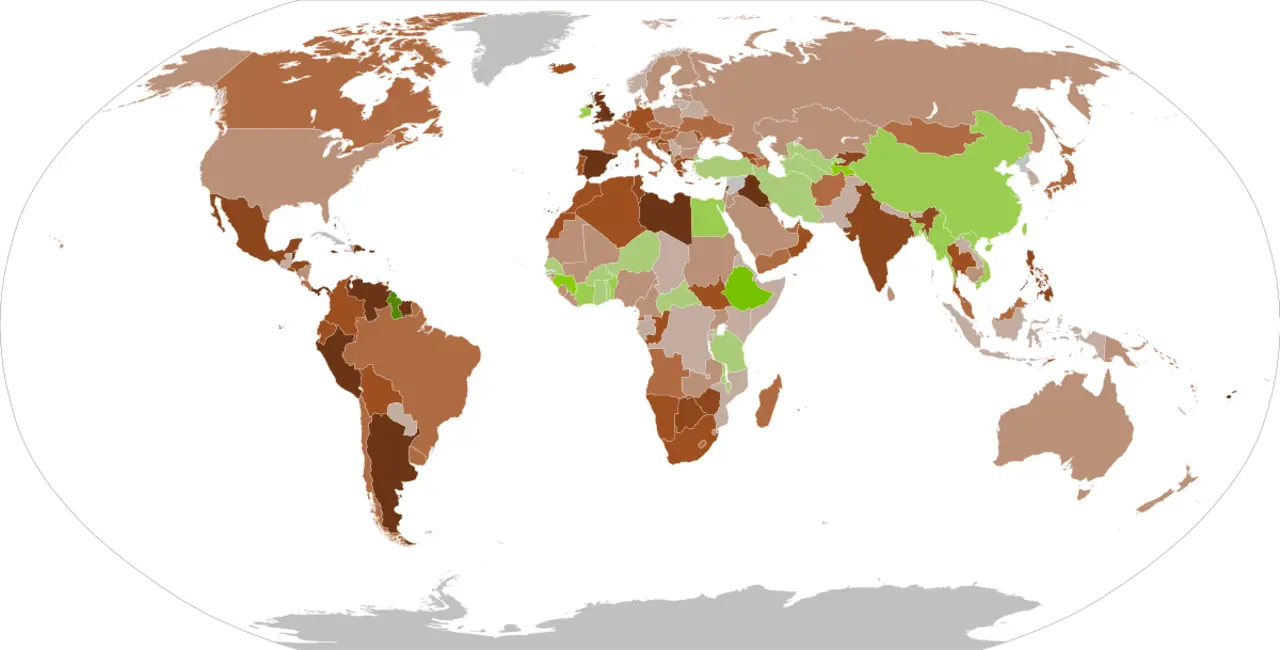How does a change in interest rates impact economic growth?

Understanding Interest Rates and Their Role in the Economy
In order to understand how a change in interest rates can impact economic growth, it's essential to first understand what interest rates are and the role they play in the economy. Interest rates are the cost of borrowing money, and they play a major part in determining the overall supply of money and credit in the economy. When interest rates are low, it is cheaper for individuals and businesses to borrow money, which can lead to increased spending and investment. On the other hand, when interest rates are high, borrowing becomes more expensive, which can result in reduced spending and a slowdown in economic activity.
The Central Bank's Role in Setting Interest Rates
Central banks, such as the Federal Reserve in the United States, play a crucial role in setting interest rates and managing monetary policy. They do this by adjusting the target interest rate, which influences the rates at which banks lend money to each other and to their customers. Central banks use interest rate adjustments as a tool to maintain price stability and promote sustainable economic growth. When the economy is growing too quickly and there is a risk of inflation, central banks may raise interest rates to slow down growth and keep inflation in check. Conversely, when the economy is sluggish and there is a risk of deflation, central banks may lower interest rates to stimulate growth and prevent a recession.
How Changes in Interest Rates Affect Consumer Spending
One of the most direct ways that changes in interest rates impact economic growth is through their effect on consumer spending. When interest rates are low, it becomes cheaper for consumers to borrow money to finance purchases such as homes, cars, and other goods and services. This can lead to an increase in consumer spending, which is a major driver of economic growth. Conversely, when interest rates are high, borrowing becomes more expensive, and consumers are more likely to save their money or pay off existing debt instead of making new purchases. This can result in a decrease in consumer spending and a slowdown in economic growth.
How Changes in Interest Rates Affect Business Investment
Changes in interest rates also have a significant impact on business investment, which is another key driver of economic growth. When interest rates are low, businesses can borrow money at a lower cost, making it more attractive for them to invest in expanding their operations, hiring new workers, or developing new products and technologies. This increased business investment can lead to higher economic growth and job creation. However, when interest rates are high, businesses may be more reluctant to take on additional debt, leading to a decrease in investment and a potential slowdown in economic growth.
How Changes in Interest Rates Affect the Housing Market
The housing market is another area of the economy that is heavily influenced by changes in interest rates. Low interest rates make it more affordable for consumers to take out mortgages and buy homes, which can lead to increased demand for housing and a rise in home prices. This increased demand can stimulate the construction industry, creating jobs and contributing to economic growth. On the other hand, when interest rates are high, mortgage rates also increase, making it more difficult for consumers to afford homes. This can lead to a decrease in demand for housing, a decline in home prices, and a slowdown in the construction industry, all of which can negatively impact economic growth.
How Changes in Interest Rates Affect the Exchange Rate
Finally, changes in interest rates can also impact economic growth through their effect on the exchange rate. When a country's central bank raises interest rates, it can make the country's currency more attractive to foreign investors, as they can earn a higher return on their investments. This increased demand for the currency can cause its value to rise relative to other currencies, making the country's exports more expensive and imports cheaper. This can lead to a decrease in export demand and an increase in import demand, which can negatively impact domestic industries and slow down economic growth. Conversely, when interest rates are lowered, the currency may weaken, making exports more competitive and potentially boosting economic growth through increased export demand.

Write a comment